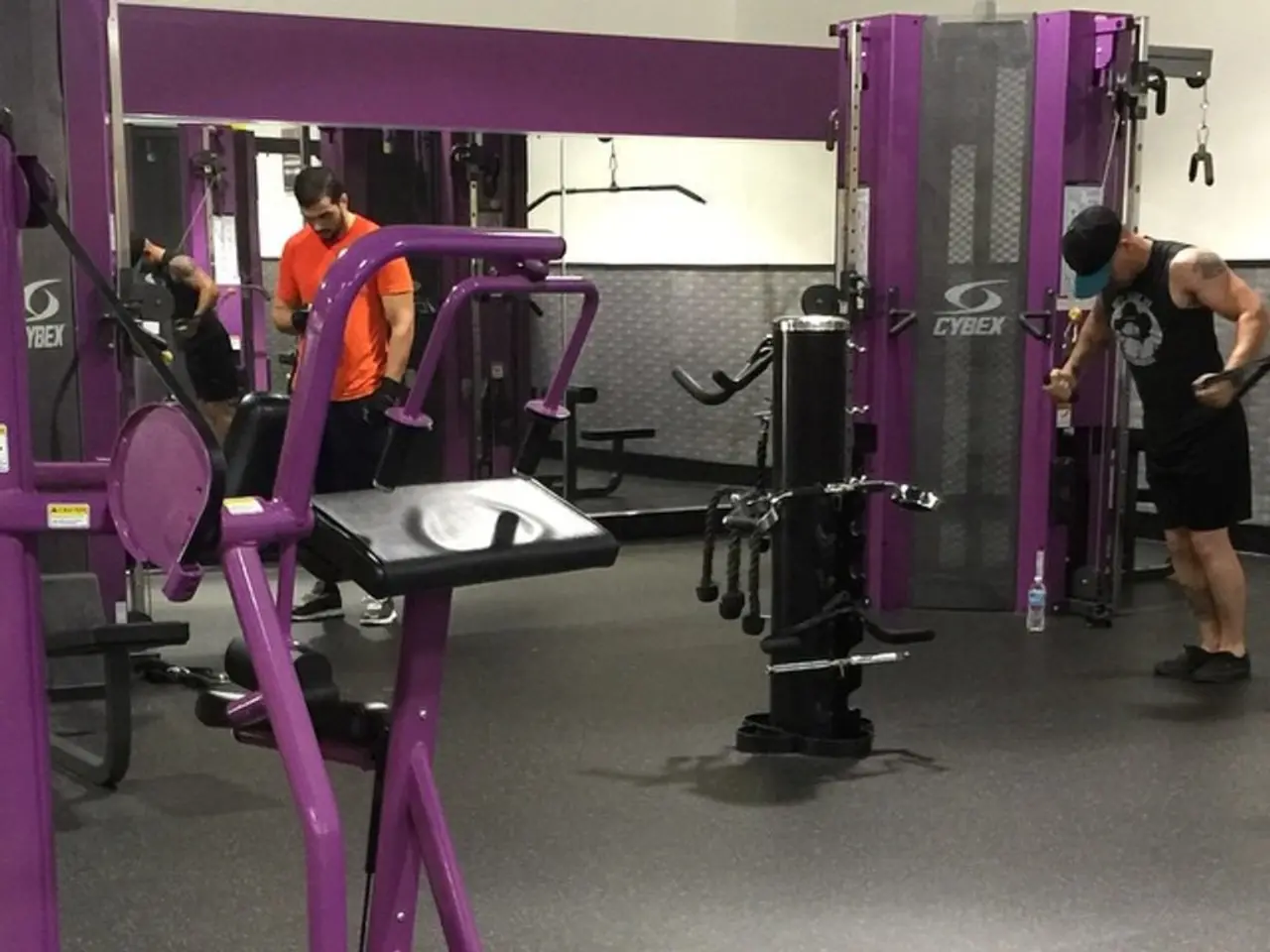Wellness as a Continuum Signifies an Unending Process, Implying Its Persistent Nature.
Wellness is more than just the absence of illness or disease; it is a dynamic, multidimensional process that requires continuous attention and effort. This approach, known as Wellness as a Continuum, recognizes that individuals move through different levels of well-being over time, influenced by various factors such as physical, mental, emotional, and social health.
The Holistic Approach to Wellness
A holistic approach to wellness views it as the integrated health of the whole person, considering mind, body, and spirit together. This perspective embraces the dynamic nature of well-being, encouraging ongoing growth rather than a static goal.
Navigating the Wellness Continuum
The wellness continuum has different points representing various aspects of our well-being. On one end, a person may experience optimal wellness with high functioning and balance across all areas, while on the other end, they may face illness, dysfunction, or significant distress that affects overall well-being. The goal is to strive for equilibrium and constantly move towards the healthier end of the spectrum.
Practical Tips for Achieving Holistic Well-being
- Set Personal Goals and Reflect on Identity: Intentional goal-setting and exploring one’s core values and social connections can motivate positive change and commitment to well-being.
- Address All Aspects of Health: Attend to physical health (nutrition, exercise, sleep), mental health (stress management, therapy if needed), emotional balance (mindfulness, emotional expression), social relationships (building supportive networks), and spiritual life (purpose, meaning, meditation or faith practices).
- Adopt a Gradual, Personalized Approach: Recognize wellness develops over time with continuous efforts and adapts to changing life circumstances. Customized plans that meet individual needs yield better results.
- Leverage Community and Social Support: Engaging in community activities, fostering meaningful relationships, and contributing to society help sustain motivation and resilience.
- Use Models and Frameworks to Guide Growth: For example, the PERMA model highlights five core elements to cultivate—Positive emotions, Engagement, Relationships, Meaning, and Accomplishment—offering practical avenues to enhance well-being daily.
- Maintain Flexibility and Self-Compassion: Accept that wellness fluctuates and setbacks occur; ongoing self-care and patience are vital throughout the continuum.
In conclusion, understanding wellness as a continuum encourages individuals to view well-being as a lifelong, multidimensional journey. Practical strategies involve personal reflection, balanced attention to all dimensions, goal-setting, social engagement, and applying evidence-based frameworks like PERMA to foster holistic health.
- Embracing the holistic approach to wellness, it is crucial to consider the interplay of science, mental health, and health-and-wellness in order to promote and maintain overall well-being.
- In navigating the wellness continuum, acknowledge that the integration of physical, mental, emotional, social, and spiritual health, guided by evidence-based models such as the PERMA model, can enable an individual to strive for equilibrium and constantly move towards the healthier end of the spectrum.




